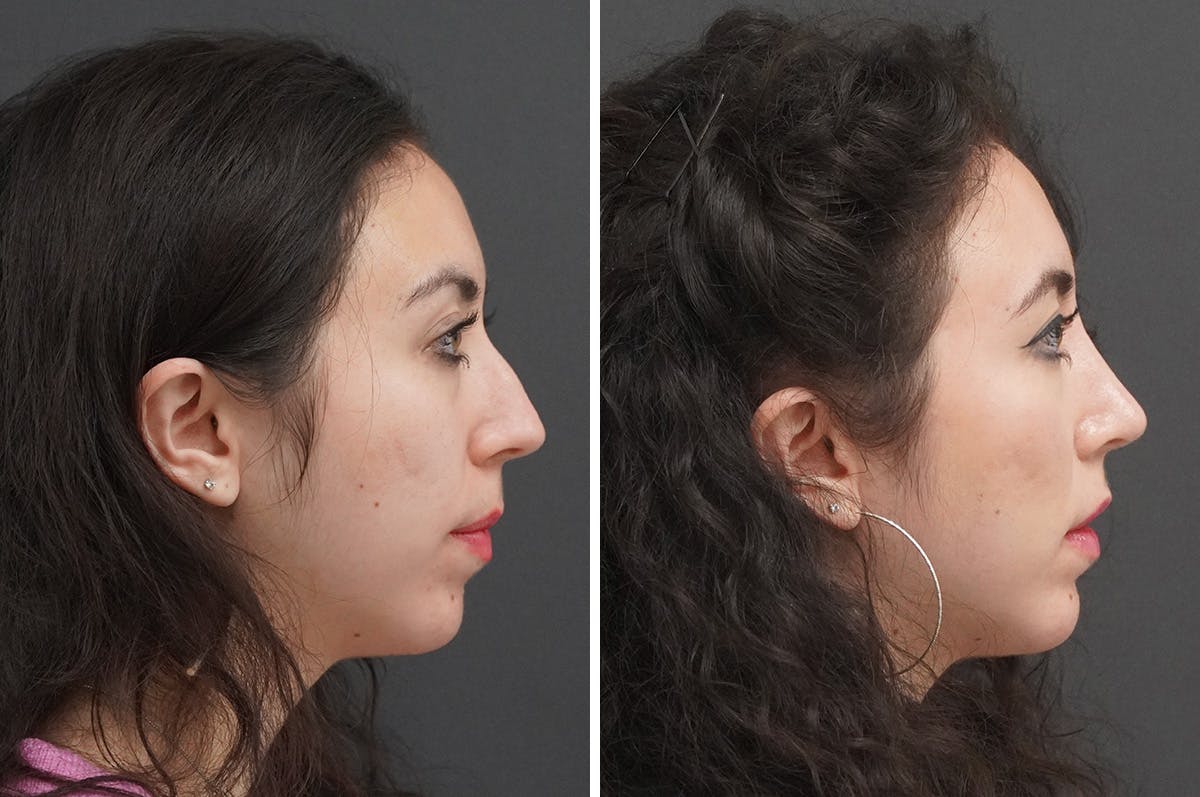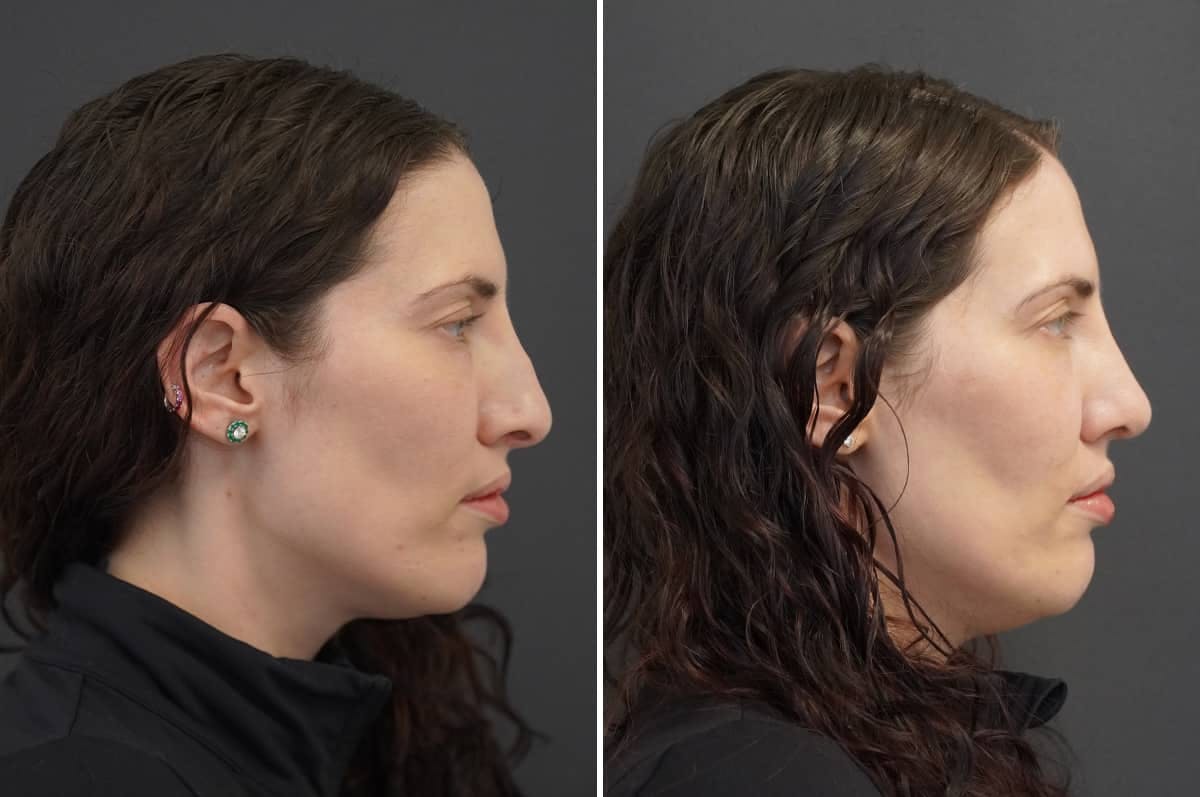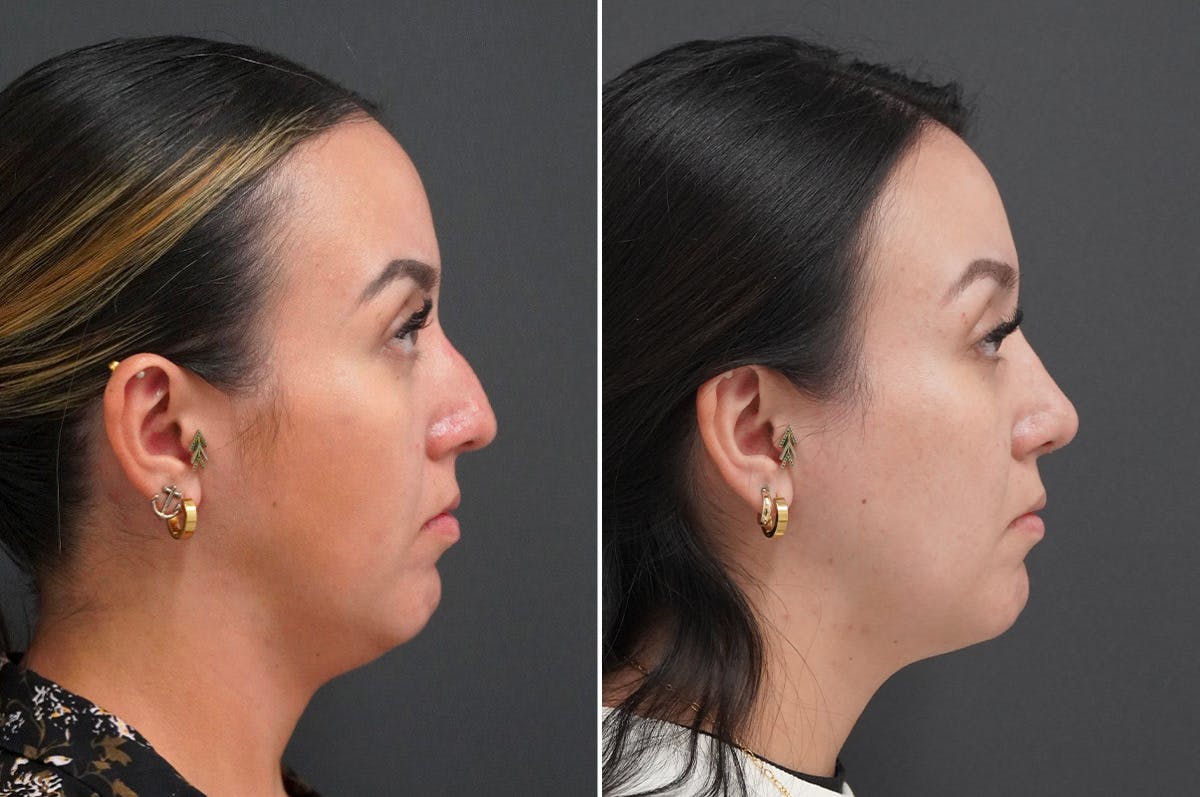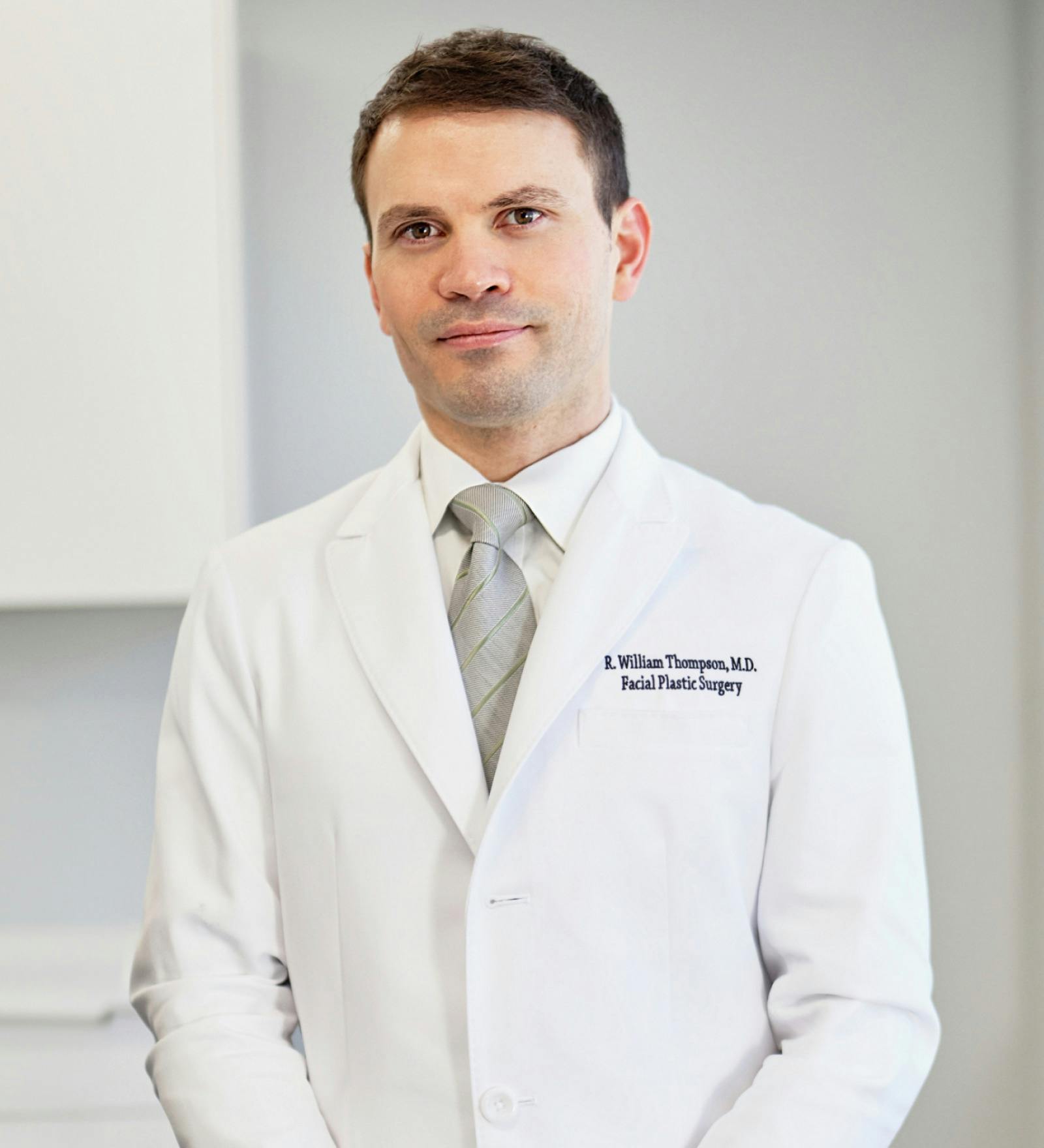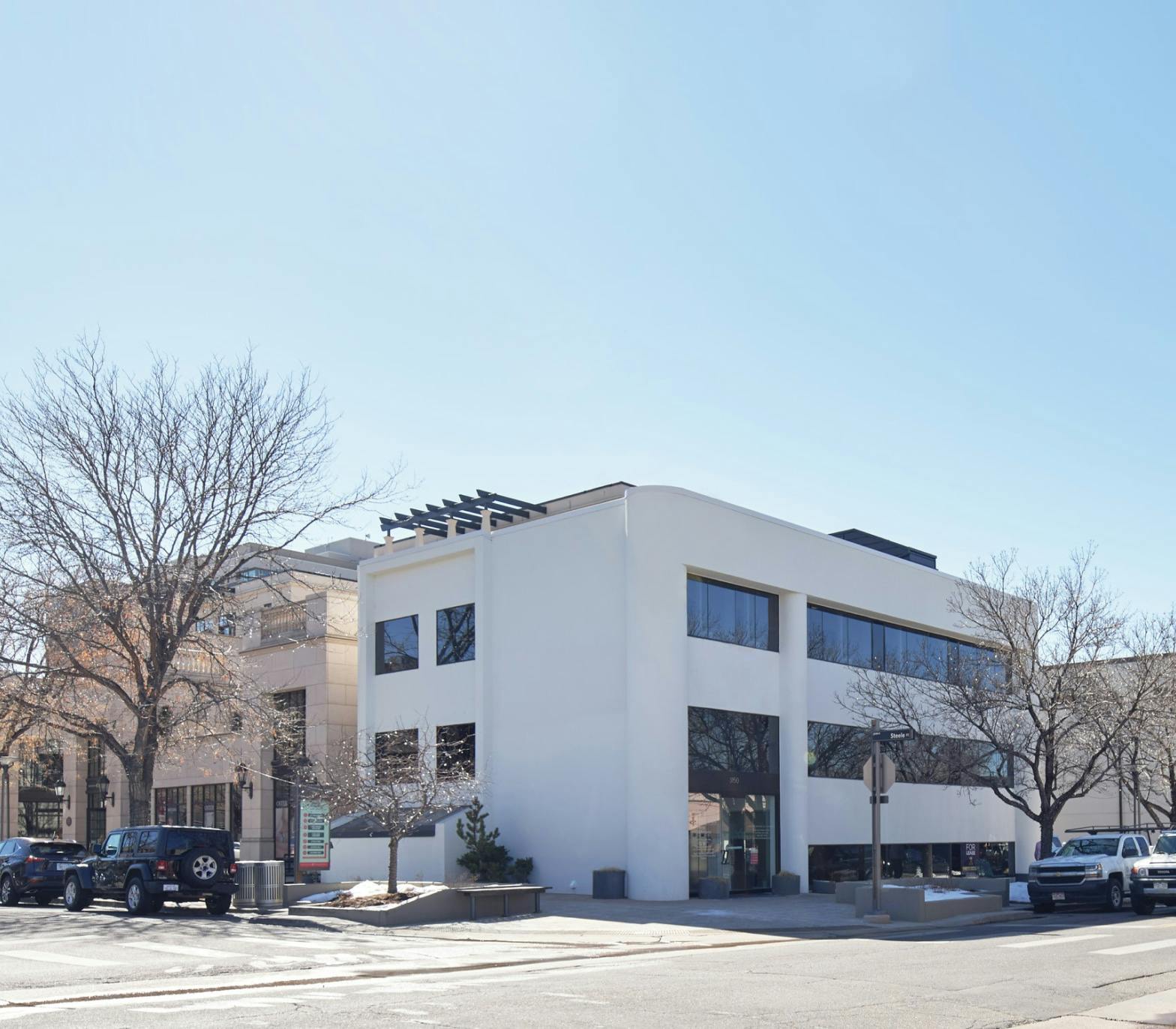Rhinoplasty, the popular plastic surgery often referred to as a “nose job,” modifies the shape and size of the nose to help create a balanced look that enhances facial aesthetics.
Is Rhinoplasty in Denver Right for Me?
The nose is one of the most prominent facial features, and it plays a significant role in facial aesthetics and breathing function. People elect to have this procedure for various reasons: dissatisfaction with the nose’s appearance, nose tissue overgrowth, defects from a poorly healed break, a deviated septum, or even poor facial balance. People who would like to improve the appearance of their noses or breathe better may be potential candidates for a Denver rhinoplasty.
Patients involved in an accident or sustained an injury that has changed their nasal anatomy and function may also be candidates. The procedure is usually reserved for patients with no severe medical conditions or illnesses that can pose a safety risk or compromise the procedure results. Before getting the procedure, patients should quit smoking, as cigarettes inhibit healing and can increase the risk of complications.



